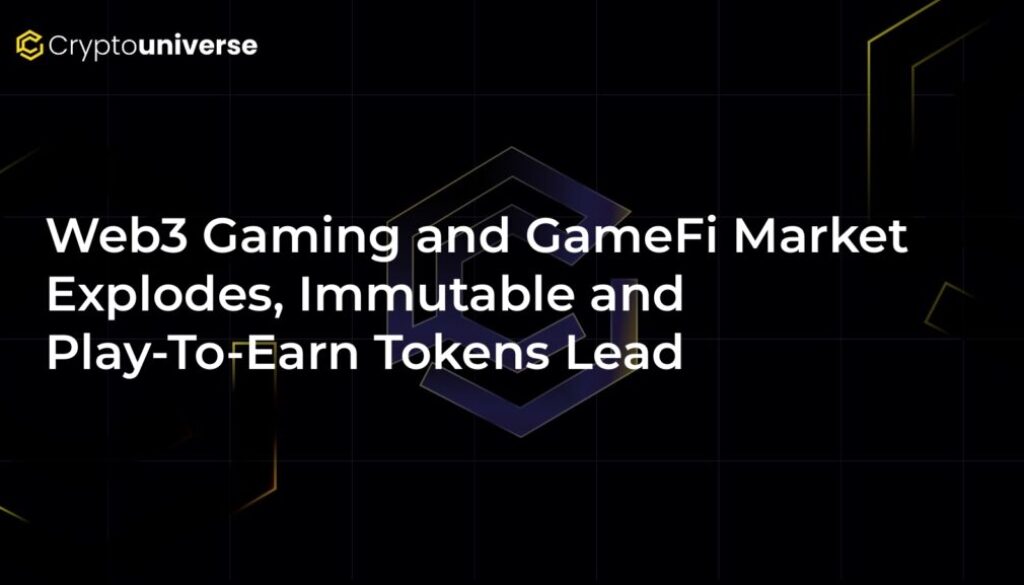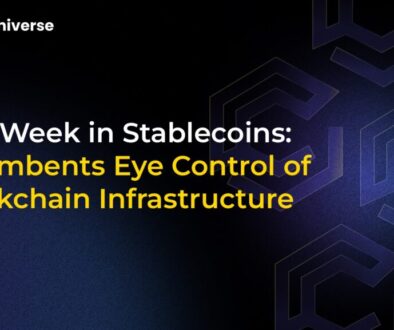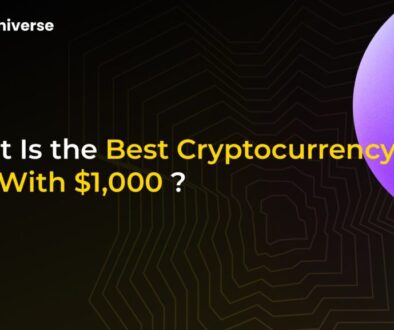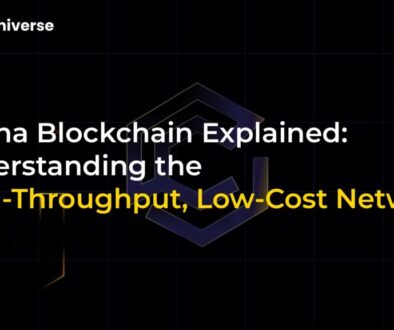Web3 Gaming and GameFi Market Explodes, Immutable and Play-To-Earn Tokens Lead

The New Frontier: Why Everyone is Talking About Web3 Gaming
The gaming industry is no stranger to evolution. We’ve journeyed from arcade cabinets to home consoles, from single-player campaigns to massive multiplayer online worlds, and from one-time purchases to the free-to-play model. Now, we stand at the brink of the next seismic shift: Web3 gaming. This isn’t just a new trend; it’s a full-blown revolution that is reshaping the very fabric of how we play, own, and earn. The
At the heart of this explosion is the concept of GameFi—a portmanteau of “gaming” and “finance.” It leverages blockchain technology to introduce real-world economies into games, allowing players to truly own their in-game assets as Non-Fungible Tokens (NFTs). This means your rare sword, unique character skin, or virtual piece of land isn’t just locked within one game; it’s a digital asset you can trade, sell, or use across different platforms. This paradigm of true digital ownership is the fuel for the current market boom, with key players and innovative models leading the charge.
Immutable (IMX): The Scalable Backbone of the Gaming Revolution
For Web3 gaming to reach mainstream adoption, it needs to overcome significant technical hurdles, primarily the high transaction fees (gas fees) and slow speeds associated with blockchains like Ethereum. This is where platforms like Immutable are making a monumental impact. Immutable isn’t just another gaming studio; it’s a Layer-2 scaling solution built specifically for NFTs and blockchain gaming on Ethereum.
What Makes Immutable a Game-Changer?
- Zero Gas Fees: Immutable allows for the minting and trading of NFTs with zero gas fees. This is a critical feature that removes the financial barrier to entry for both players and developers, enabling high-volume, low-cost transactions that are essential for a thriving in-game economy.
- Massive Scalability: By processing transactions off the main Ethereum chain, Immutable can handle thousands of transactions per second, providing the fast and seamless experience that gamers expect.
- Top-Tier Partnerships: The platform’s robust technology has attracted some of the biggest names in both gaming and retail, including Ubisoft, GameStop, and TikTok. These partnerships lend massive credibility and signal a future where major game franchises are built on Immutable’s infrastructure.
The success of games like Gods Unchained and the highly anticipated Illuvium, both powered by Immutable, demonstrates the platform’s capability. As a result, the IMX token, which powers the ecosystem, has become a bellwether for the health and growth of the entire Web3 gaming sector. The platform’s focus on creating a developer-friendly and user-centric environment positions it as a foundational layer for the future of gaming.
The Power of Play: How the Market
While the technology provides the foundation, it’s the economic model that truly captivates the masses. The Play-to-Earn (P2E) model turned the traditional gaming dynamic on its head. Instead of players paying to play, games started rewarding them with valuable crypto tokens and NFTs for their time and skill.
Games like Axie Infinity were pioneers in this space, demonstrating that players in developing nations could earn a living wage simply by participating in a game’s ecosystem. This powerful concept captured global attention and drove a massive influx of users and capital into GameFi. While the initial P2E model faced challenges with economic sustainability, it has evolved into more refined concepts like “Play-and-Earn” and “Play-and-Own.”
The Evolution from P2E to Play-and-Own
The new wave of GameFi projects understands that a game must be fun and engaging first. The “earn” component should be a natural byproduct of enjoyable gameplay, not a chore. This “Play-and-Own” philosophy focuses on rewarding players for their engagement and mastery while building sustainable, long-term economies.
Key characteristics of this evolved model include:
- Emphasis on Gameplay: Developers are now creating high-quality, AAA-level games that can compete with traditional titles on fun factor alone.
- Sustainable Tokenomics: In-game economies are being designed with long-term stability in mind, avoiding the hyperinflationary cycles that plagued early P2E games.
- True Asset Ownership: The core promise remains. Players have verifiable ownership of their assets, giving them the freedom to do as they please with their hard-earned loot.
Looking Ahead: The Future is Interactive and Owned
The explosive growth we’re witnessing is just the beginning. As blockchain technology becomes more seamless and invisible to the end-user, the lines between traditional gaming and Web3 gaming will blur. The future of the industry is one where players are no longer just consumers; they are stakeholders, owners, and active participants in the creation of value.
The combination of powerful infrastructure from platforms like


